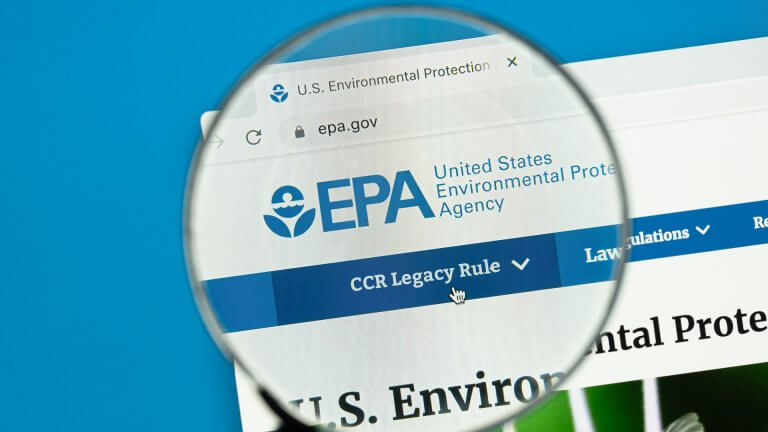

The Challenge of New Deadlines for Old Coal Ash
Earlier this year, the US EPA published a proposed rule on coal combustion residuals (CCR). The proposed rule has significant implications on fossil plant utility operators with inactive legacy impoundments and landfills closed before 2015 that are not regulated under the current, final CCR Rule. The Legacy CCR Surface Impoundments and CCR Management Units Proposed Rule (CCR Legacy Rule) was released on May 18, 2023, for review and public comment. While the proposed rule was anticipated, it sparked many questions, meetings, debates, and long days of compiling comments. At this time, the dust has settled, and comments have been drafted and submitted. So, now what? Now is the time to plan. Regardless of what requirements the final CCR Legacy Rule contains, utilities will be faced with the task of collecting a significant amount of information and data.
Not to discount the efforts needed to compile History of Construction Reports for Legacy CCR Units, it is the Facility Evaluation Reports that will generate most of the “new” information. These reports will be used to document the presence or absence of CCR Management Units (CCRMUs), which the US EPA defines as any area of land on which any non-containerized accumulation of CCR is received, placed, or otherwise managed at any time, that is not a CCR unit. Preparation of these reports will require the collection of various types of information and data from multiple sources. Scheduling and conducting site personnel interviews and site inspections and reviewing what is likely to be copious amounts of historical data is daunting alone. However, when you consider the narrow time frame in which the CCR Legacy Rule allows this work to be complete, it will quickly turn into a big challenge! High-quality, defensible information is critical to these reports from a regulatory and operational perspective.
The performance of baseline sampling for identified Legacy CCR Units and/or CCRMUs, while not an unfamiliar task, will result in additional data being included in previously collected and robust data sets. The additional sampling will most likely require supplementing existing resources to meet the compressed schedule included in the CCR Legacy Rule. Proper planning, whether it is establishing sampling procedures, selection of analytical laboratories, building a project database, or all three and more, need to be considered now to ensure success. This baseline groundwater data are the foundation of the monitoring well network statistics, and the need for high-quality data is of the utmost importance.
Environmental Standards possesses unparalleled expertise in assisting utilities with the development of quality assurance programs that establish program data quality objectives and outline the processes to ensure these objectives are met. Contact Jacob Gruzalski to learn more about the support and services Environmental Standards can provide.


